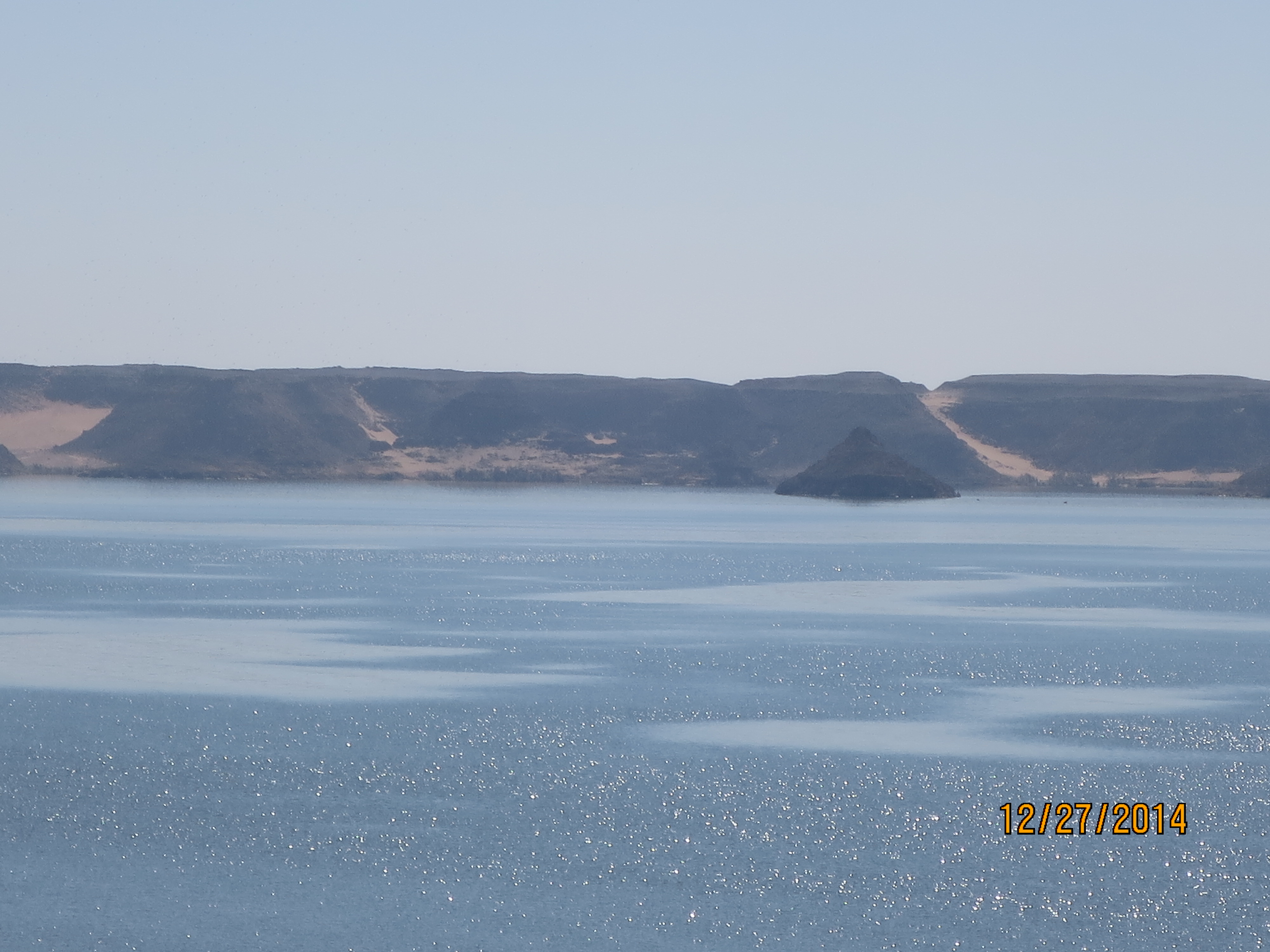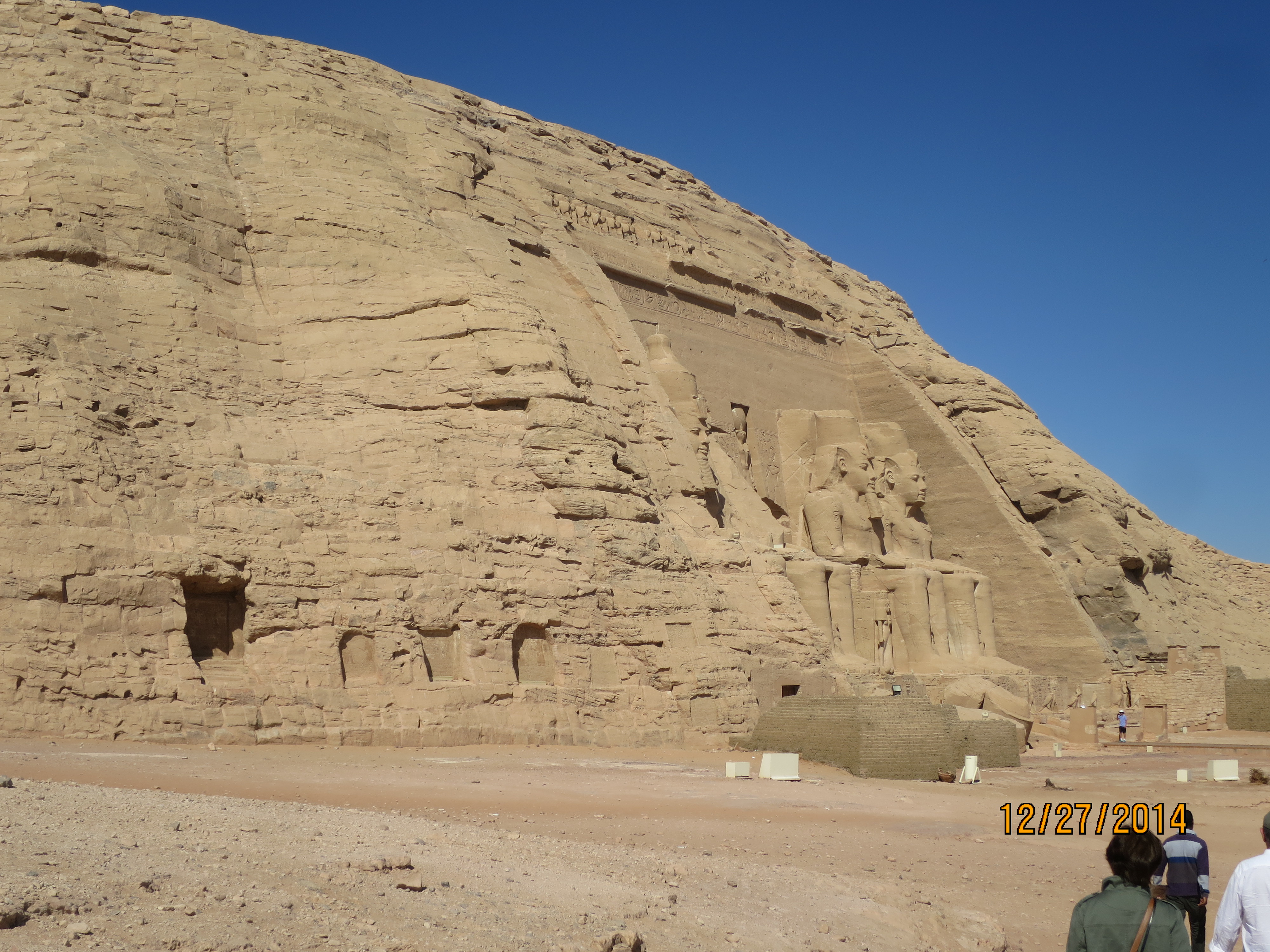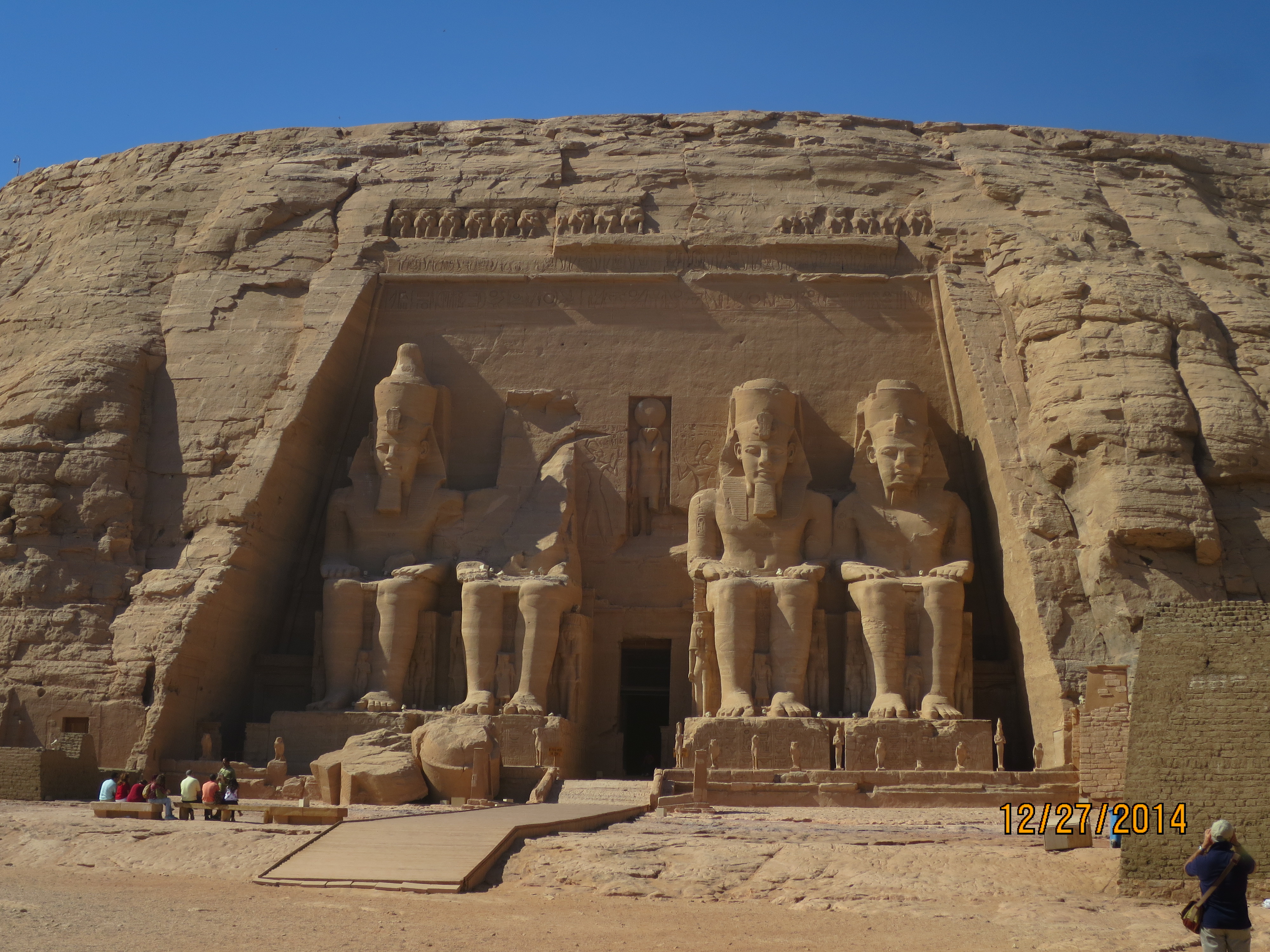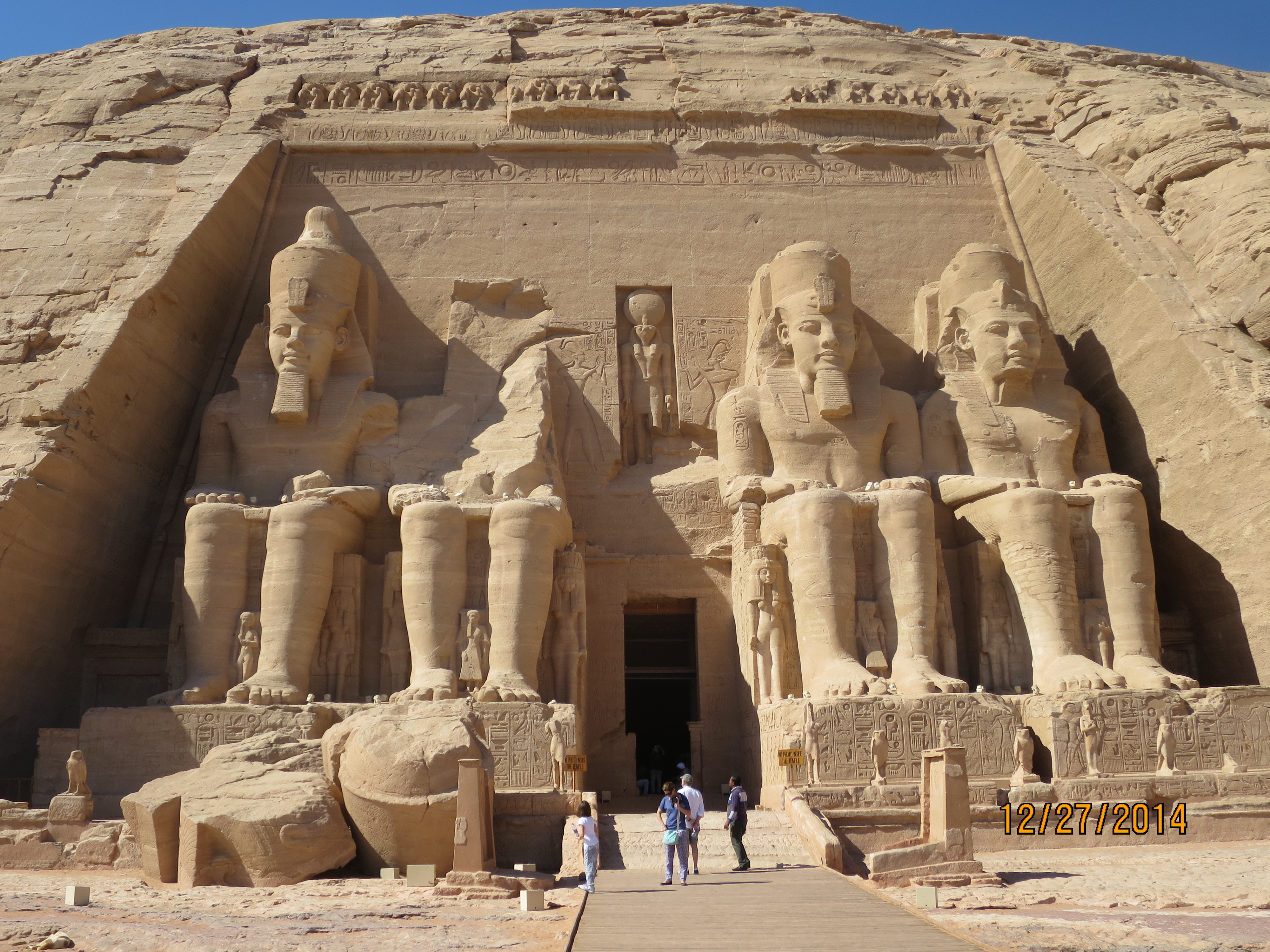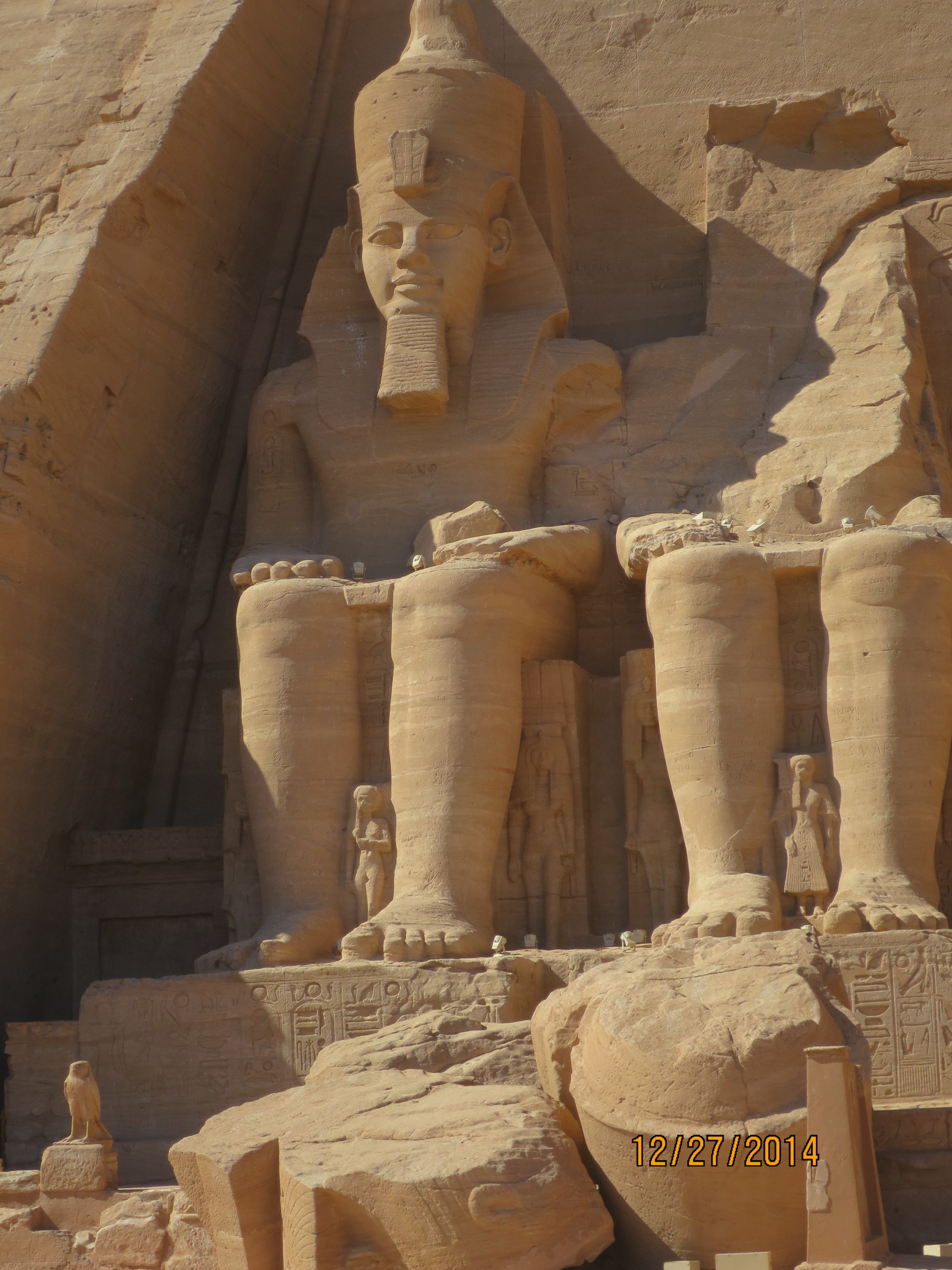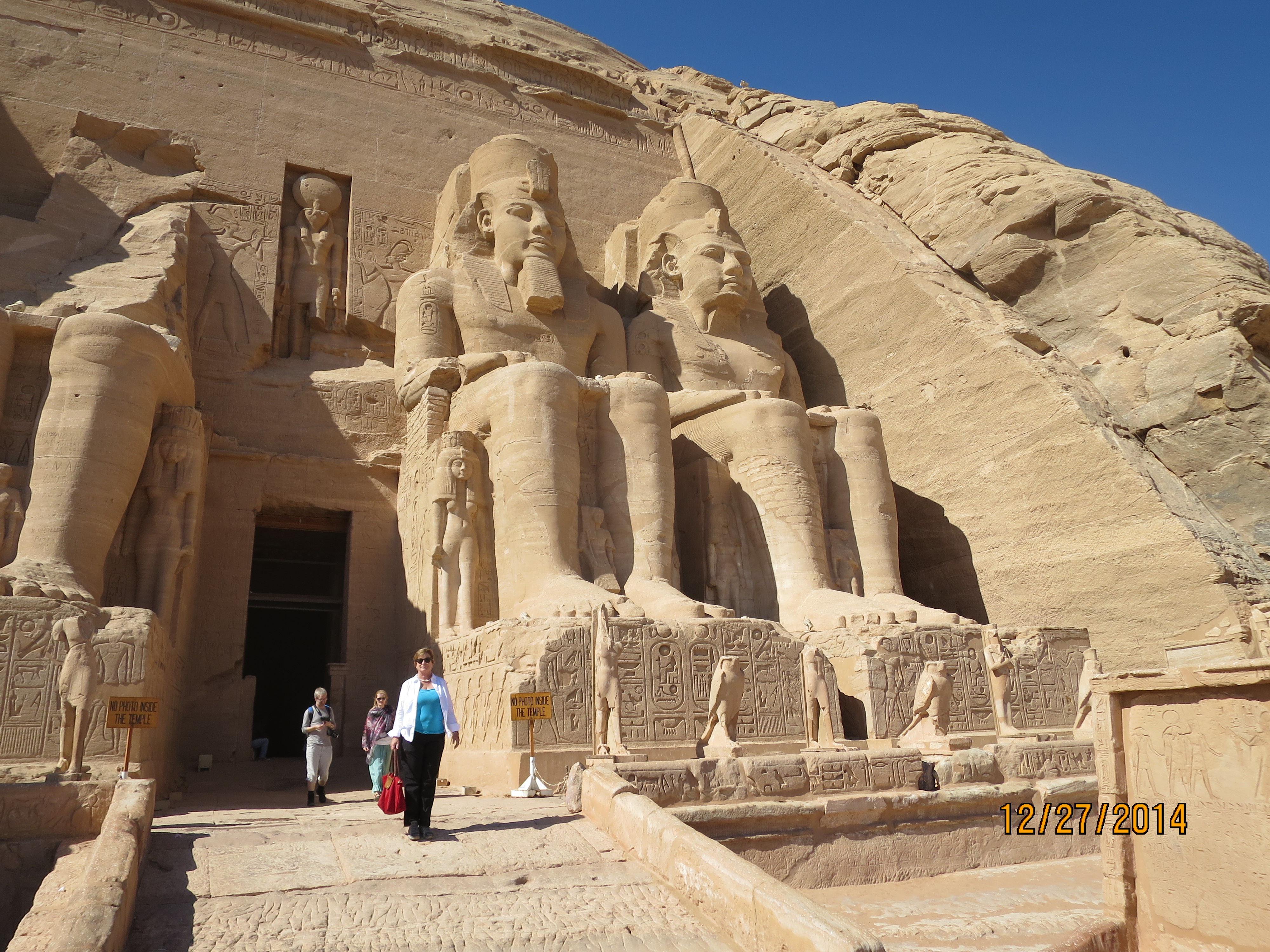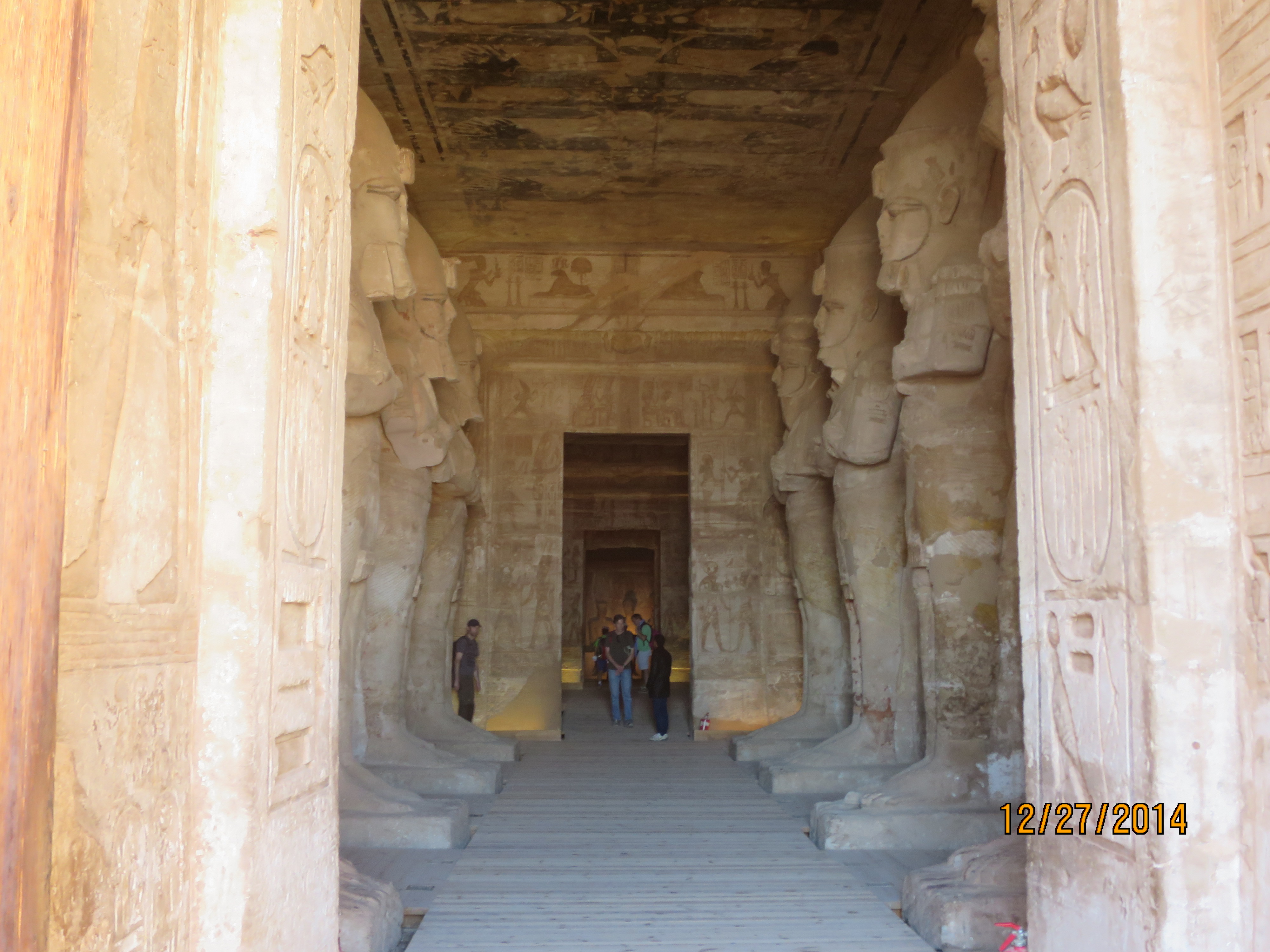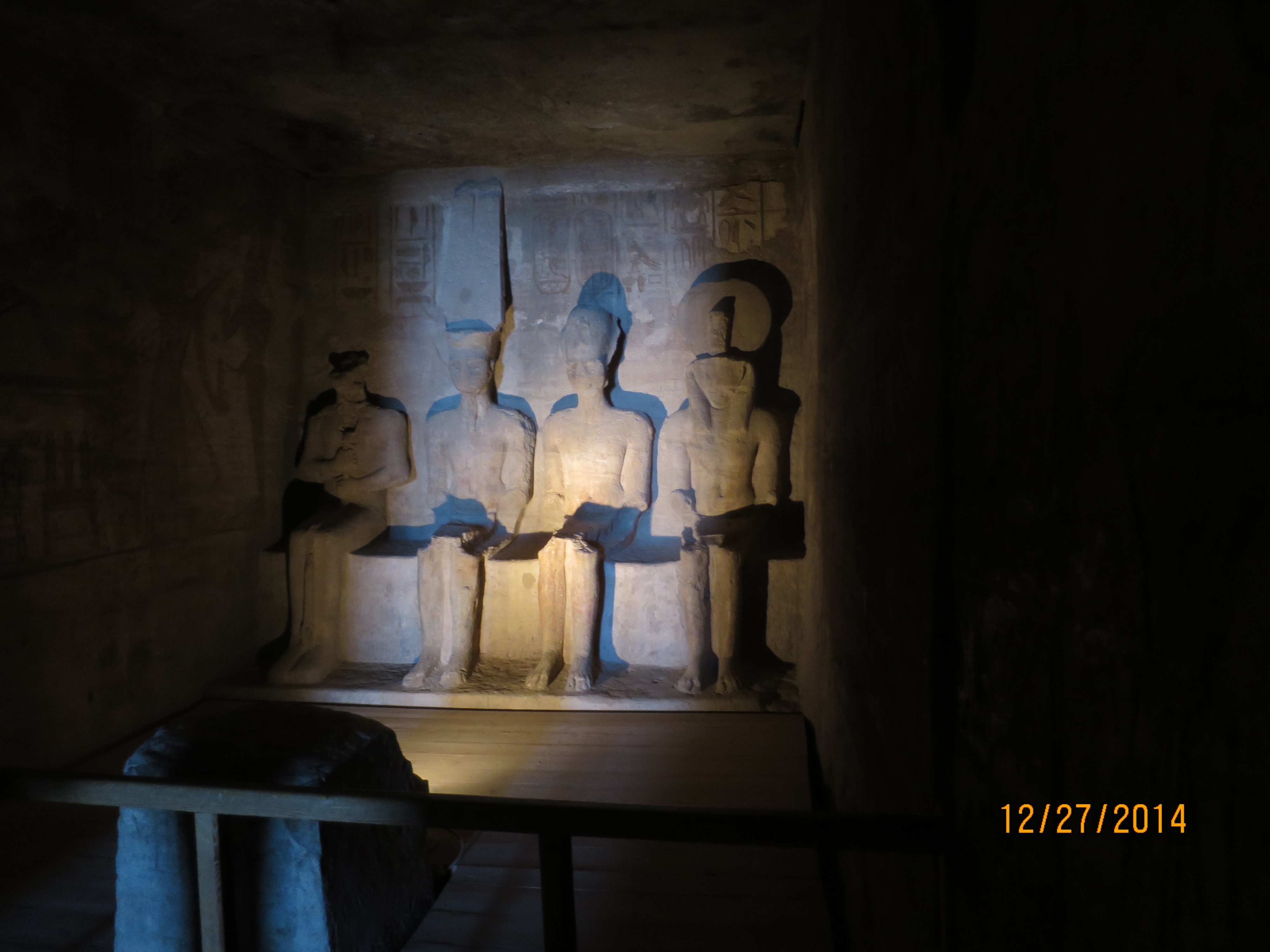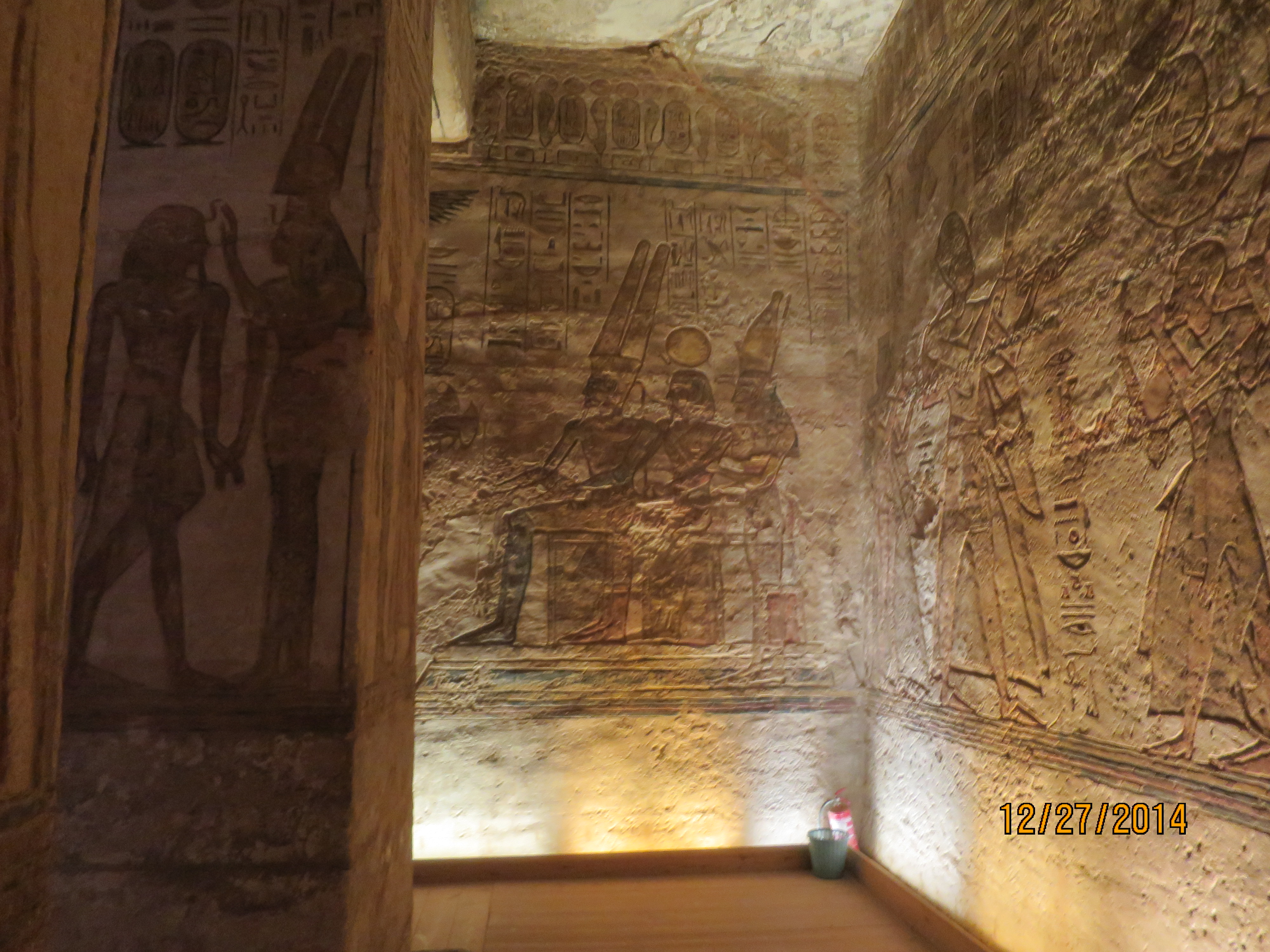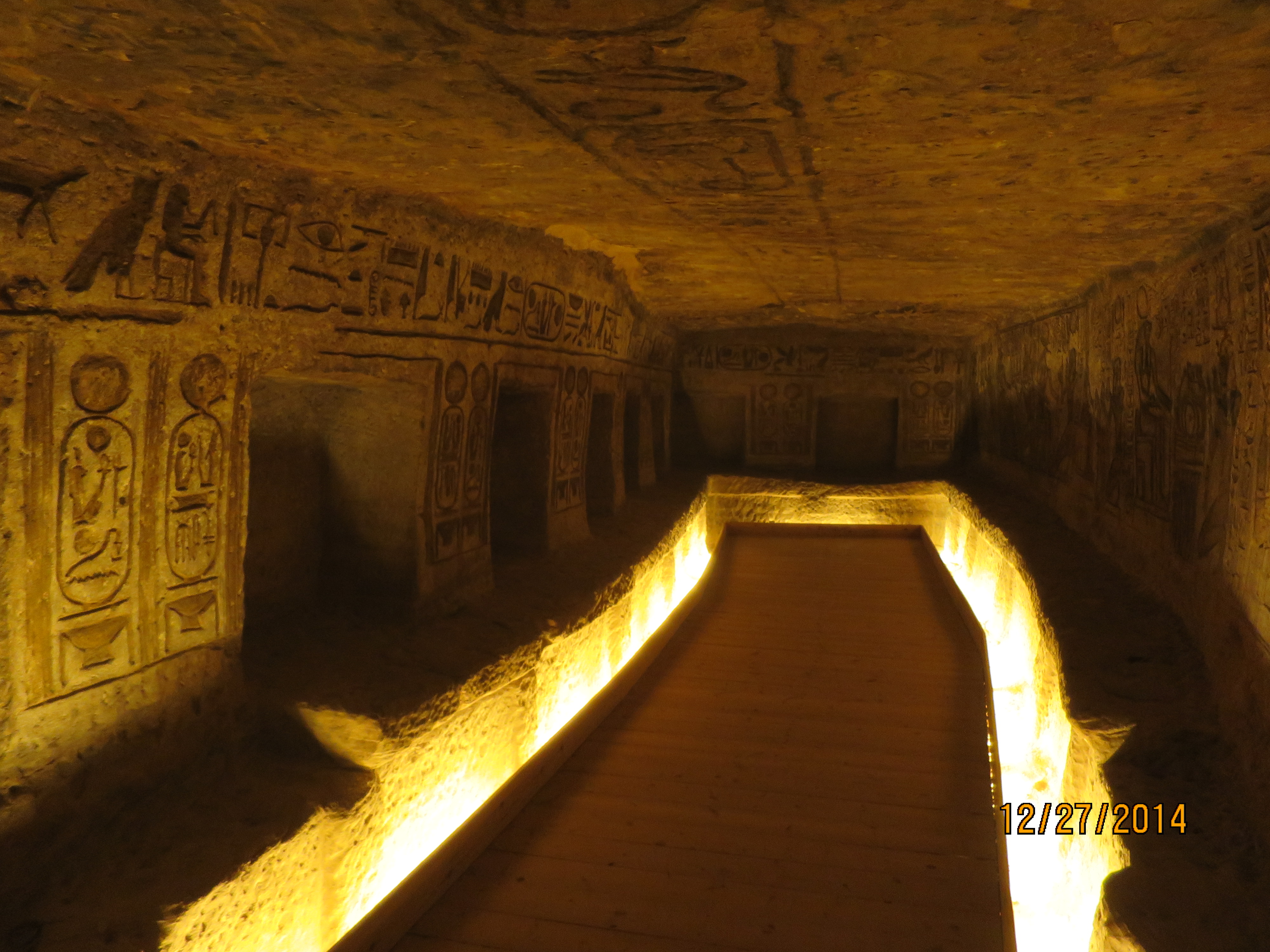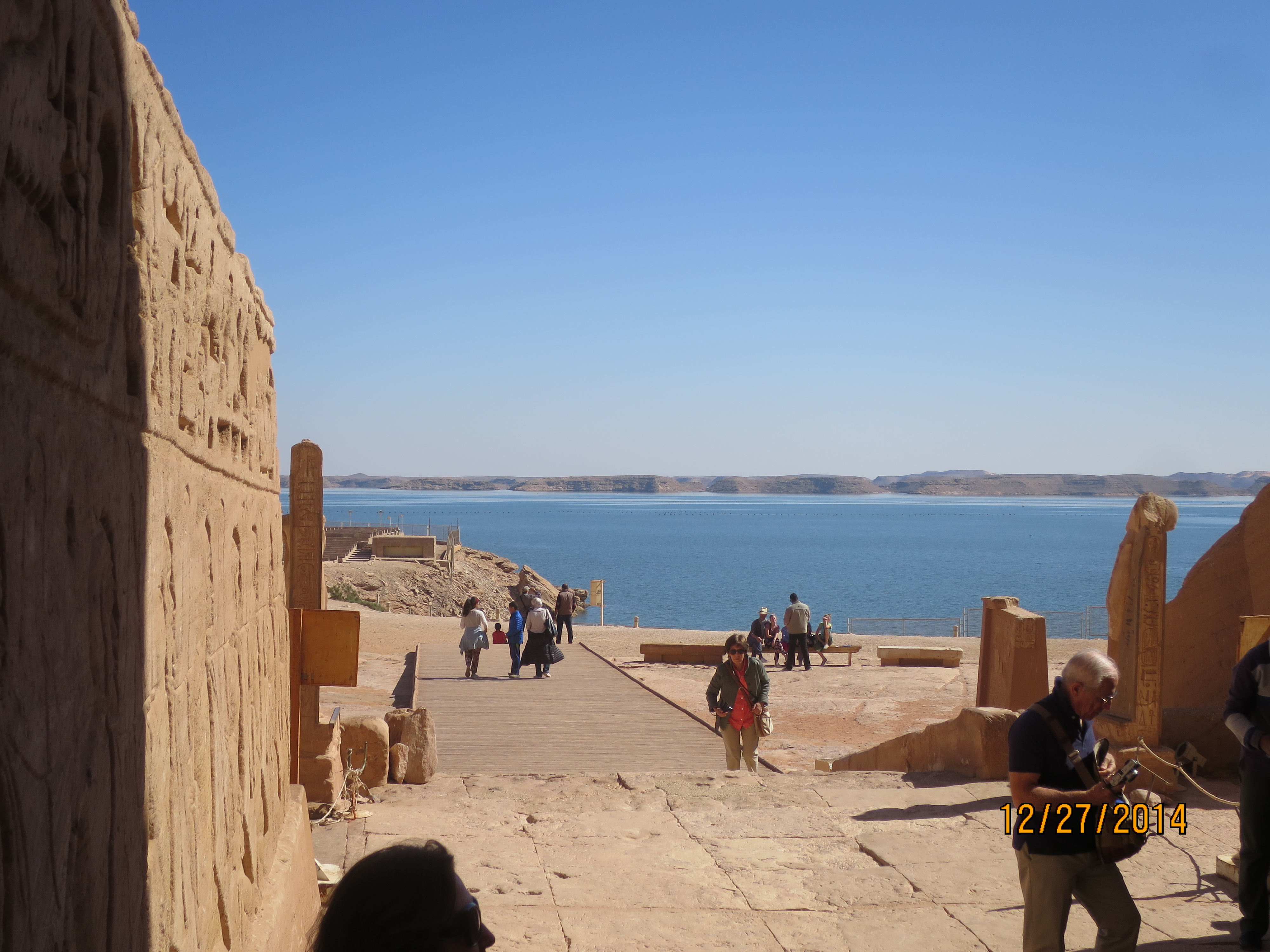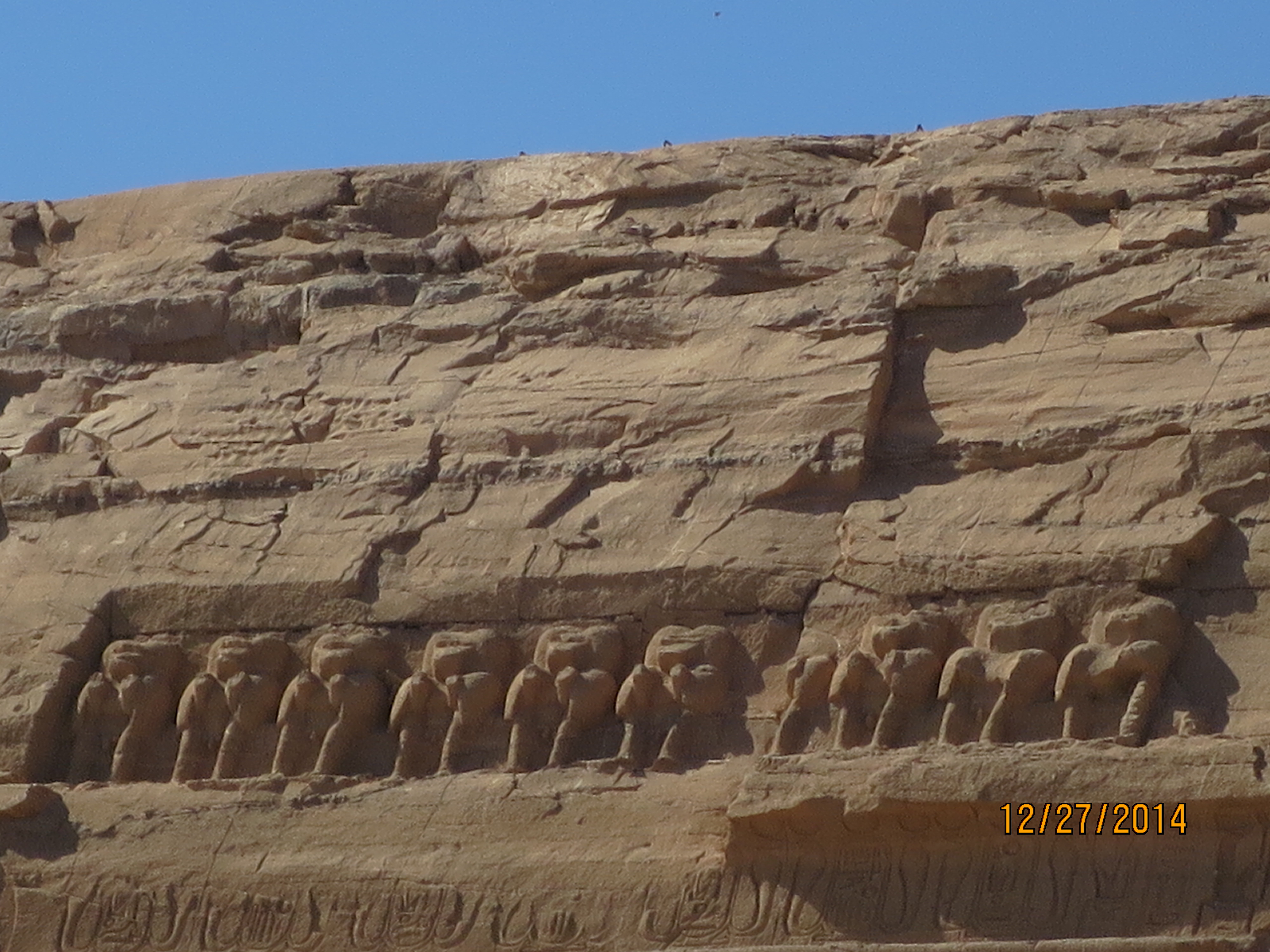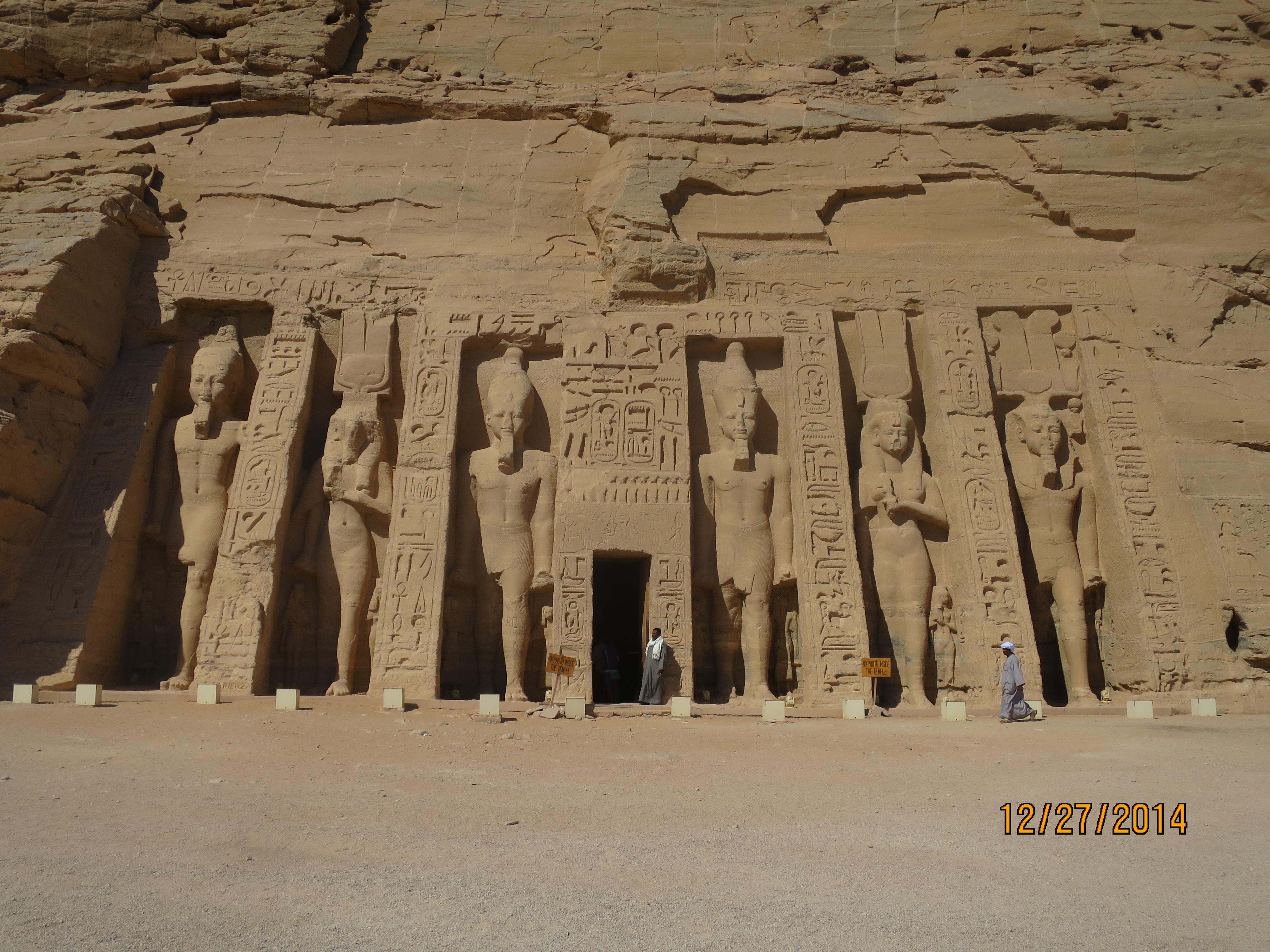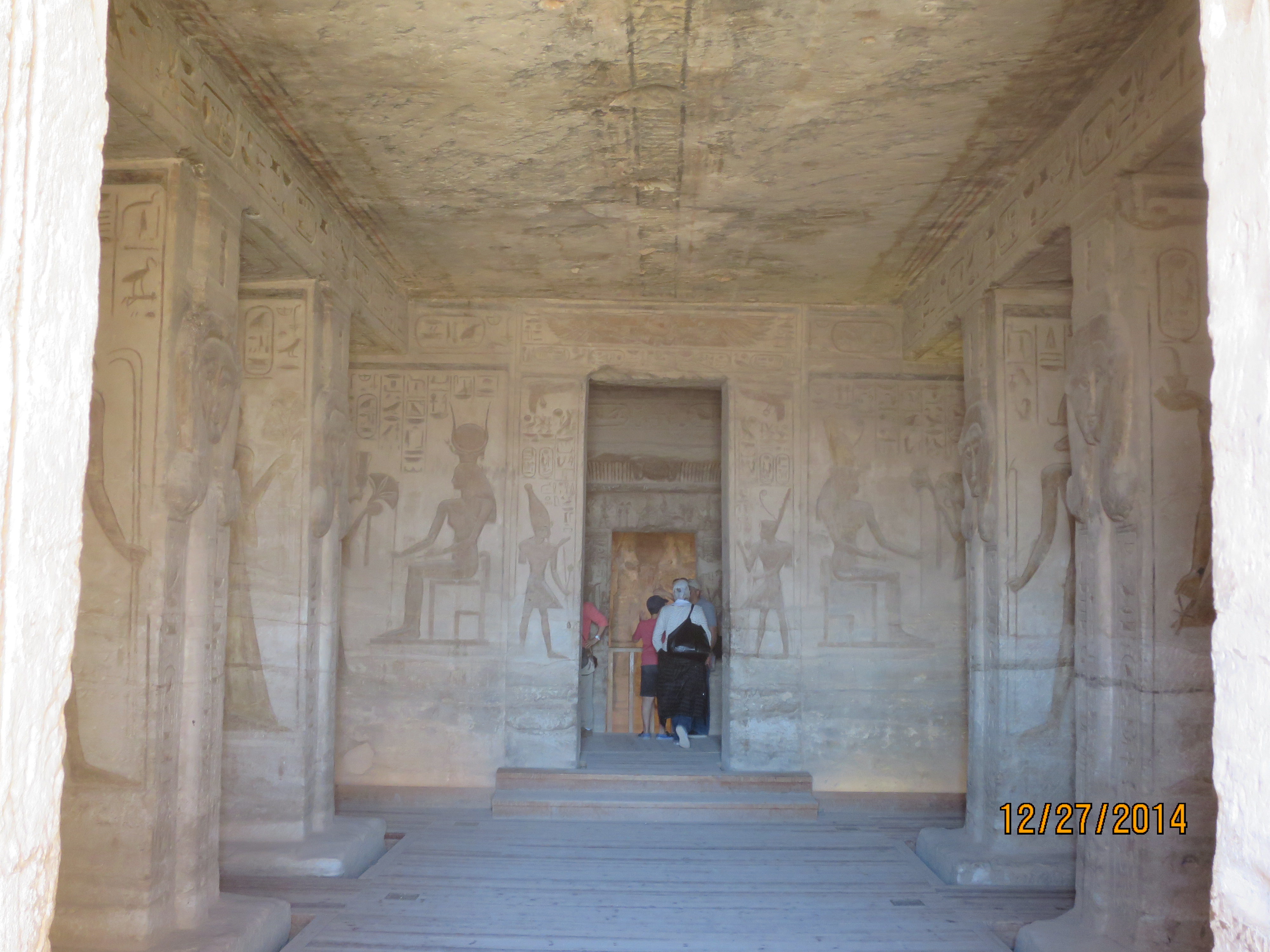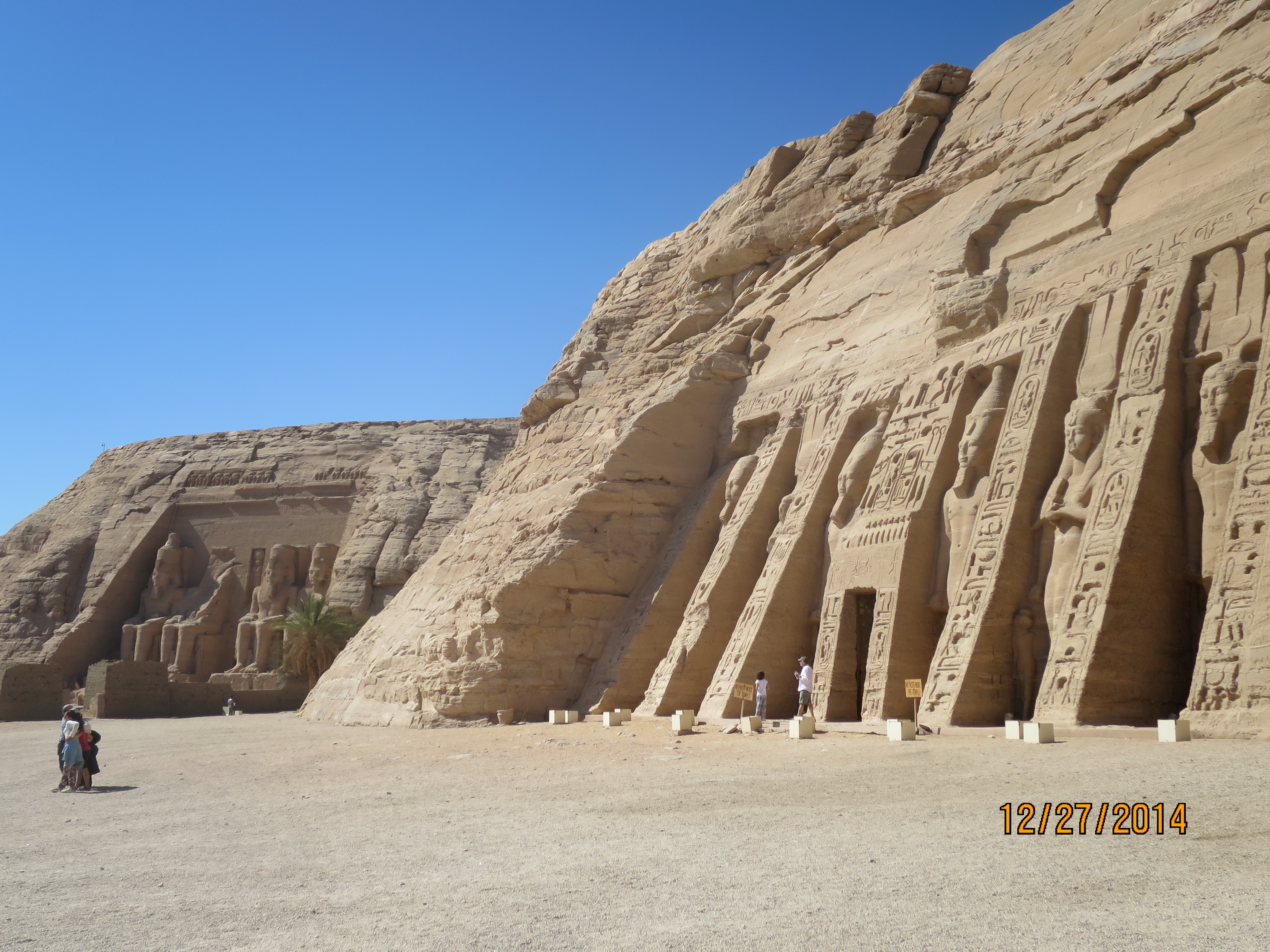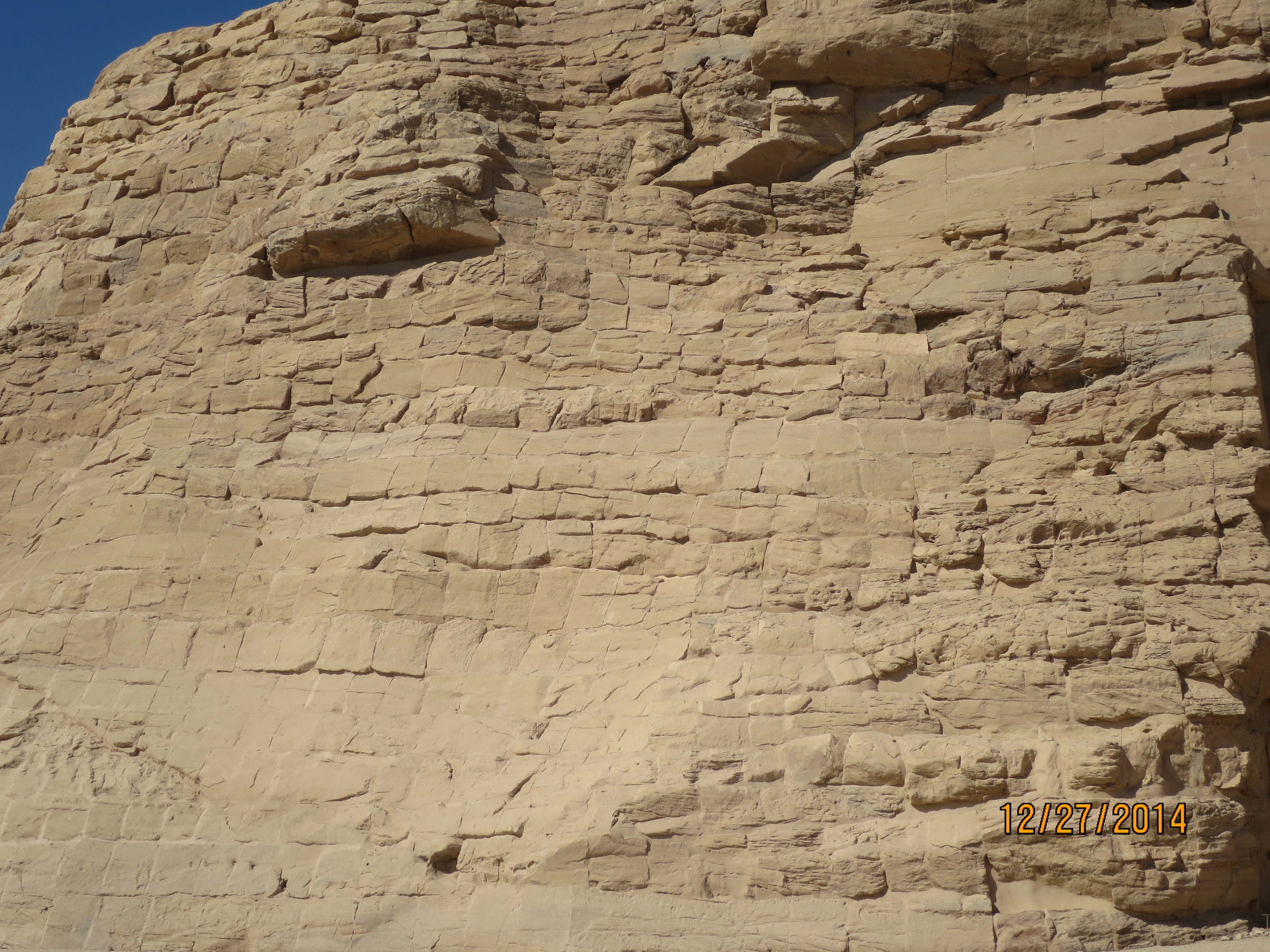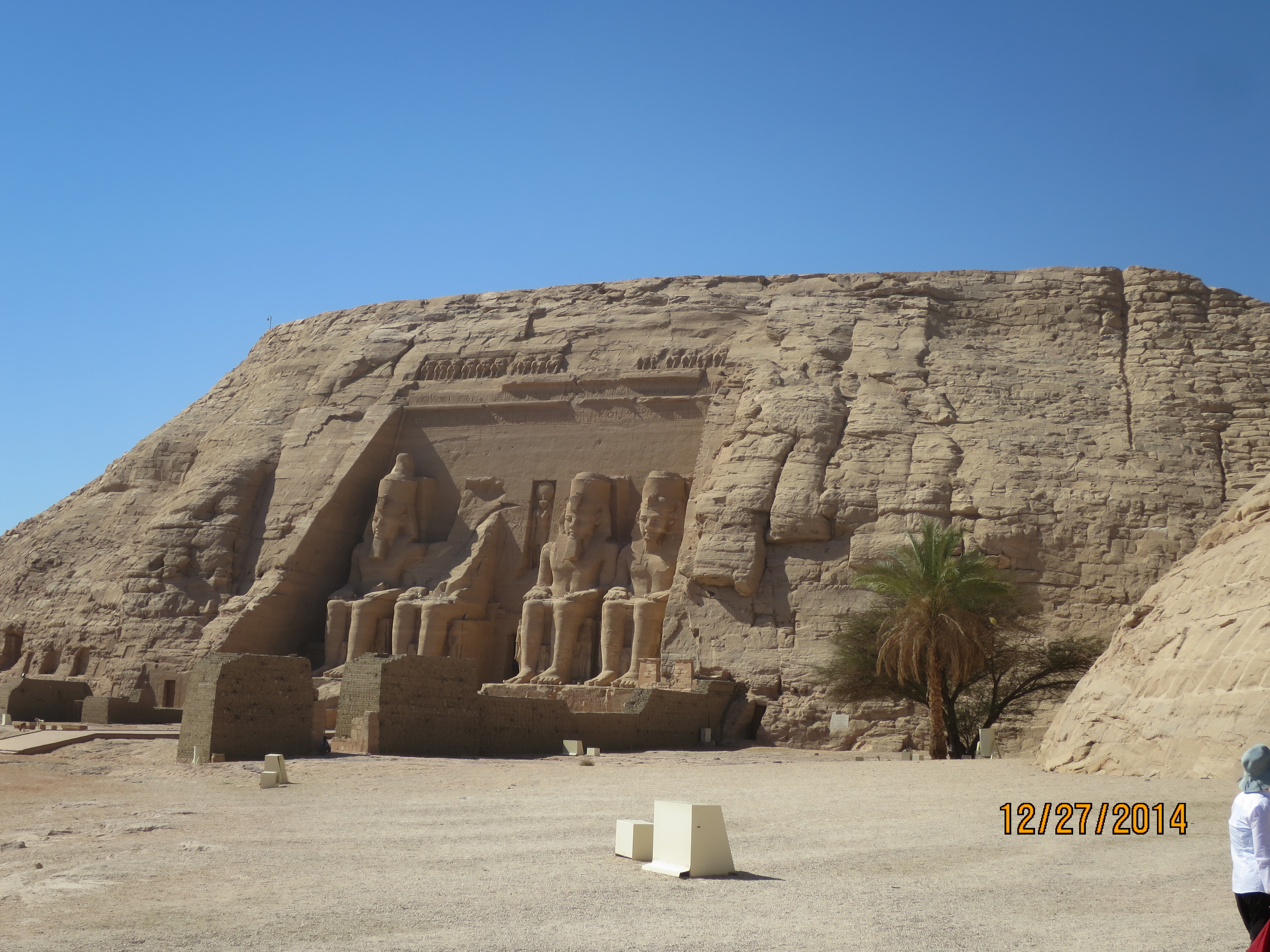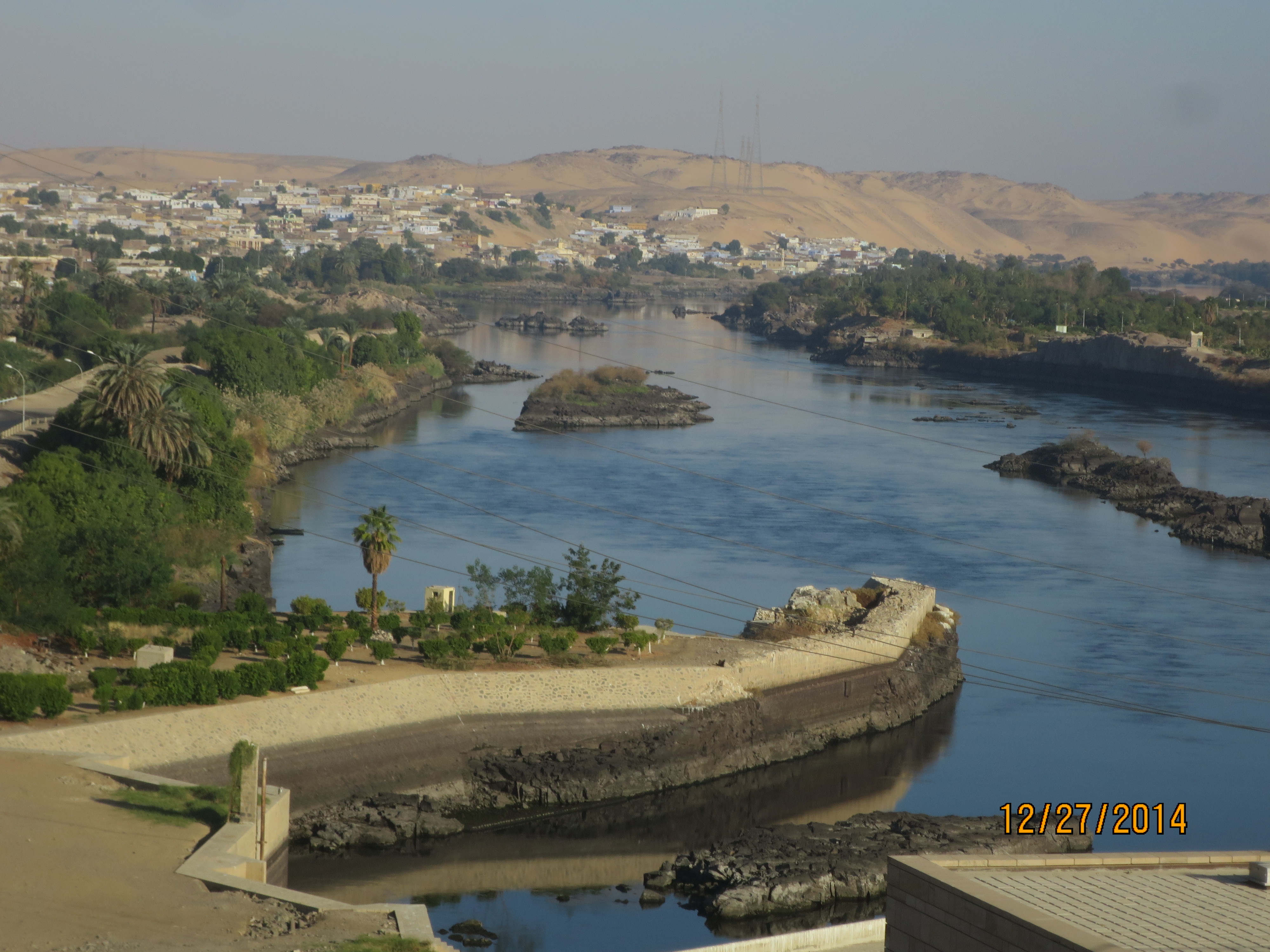This is the last in a series of posts on Egypt.
Abu Simbel temples are located on Lake Nasser near the southern border with Sudan. It is a half hour plane ride south of Aswan.The complex is part of an USESCO World Heritage Site known as the Nubian Monuments. Carved out of the mountainside in the 13 century BC during the reign of Pharaoh Ramesses II as a monument to himself and his queen Nefertari. Putting it on the map link
In 1813 the temples were rediscovered by a Swiss man, they were completely buried by sand, only the very top frieze of baboons were exposed. As the legend goes a young local boy named Abu Simbel guided the explores to the temple site which they ended up naming after him.
The Egyptian government started construction on a new dam across the Nile at Aswan in 1960 to better control the annual flooding, provide water for irrigation and to generate hydroelectricity. The Aswan Dam would eventually form Lake Nasser one of the largest man-made lakes in the world. The lake is 340 miles long and 22 miles across at the widest point.
An international donations campaign was established to save these monuments which were now under threat from the rising waters of the of the newly formed lake. In 1964 a multinational team of archeologists, engineers and heavy equipment operators worked together under UNESCO to move the site. The entire site was carefully cut into large blocks, averaging 20 tons each, dismantled, lifted and reassembled at its new location 220 feet higher and 650 feet back from the river. It is one of the greatest challenges of archaeological engineering in history.
The Great Temple at Abu Simbel took 20 years to build. It consists of four 65 feet high statues of the pharaoh Ramesses II. It is general considered the grandest and most beautiful in all of Egypt. The façade of the temple is 115 feet wide. It is topped by a frieze of baboons. The inner temple has rooms decreasing in size from the entrance to the sanctuary. The temple has an unusual amount of side chambers. The main entrance hall is lined with huge pillars depicting Ramses. The temples were built to commemorate the victory of the Battle of Kadesh, many of the inner walls depict the battle scenes.
The Small Temple or the temple for Nefertari was built about 300 feet to the side of the Great Temple and dedicated to the goddess of Hathor. I spoke about Hathor in an earlier post. She is the goddess of joy, love and motherhood. The façade of the temple is decorated by two groups of statues separated by a large doorway in the middle. These statues are 32 feet high and are of the king and the queen.
Egypt is a country rich in history. Since ancient times the Nile River has played an important part in developing this long history. All of its population lives along the river or in the Nile River Delta. Nearly all of the cultural and historical sites of ancient Egypt are found along the riverbanks. ME and I have had the great opportunity to visit this unique country and see some of the amazing sites. Unfortunately over the past few decades Egypt has struggled. Someday things will get better and Egypt can once again showoff these wonderful sites. I would still recommend if you are a little more adventurous to visit Egypt now, they certainly would welcome you.
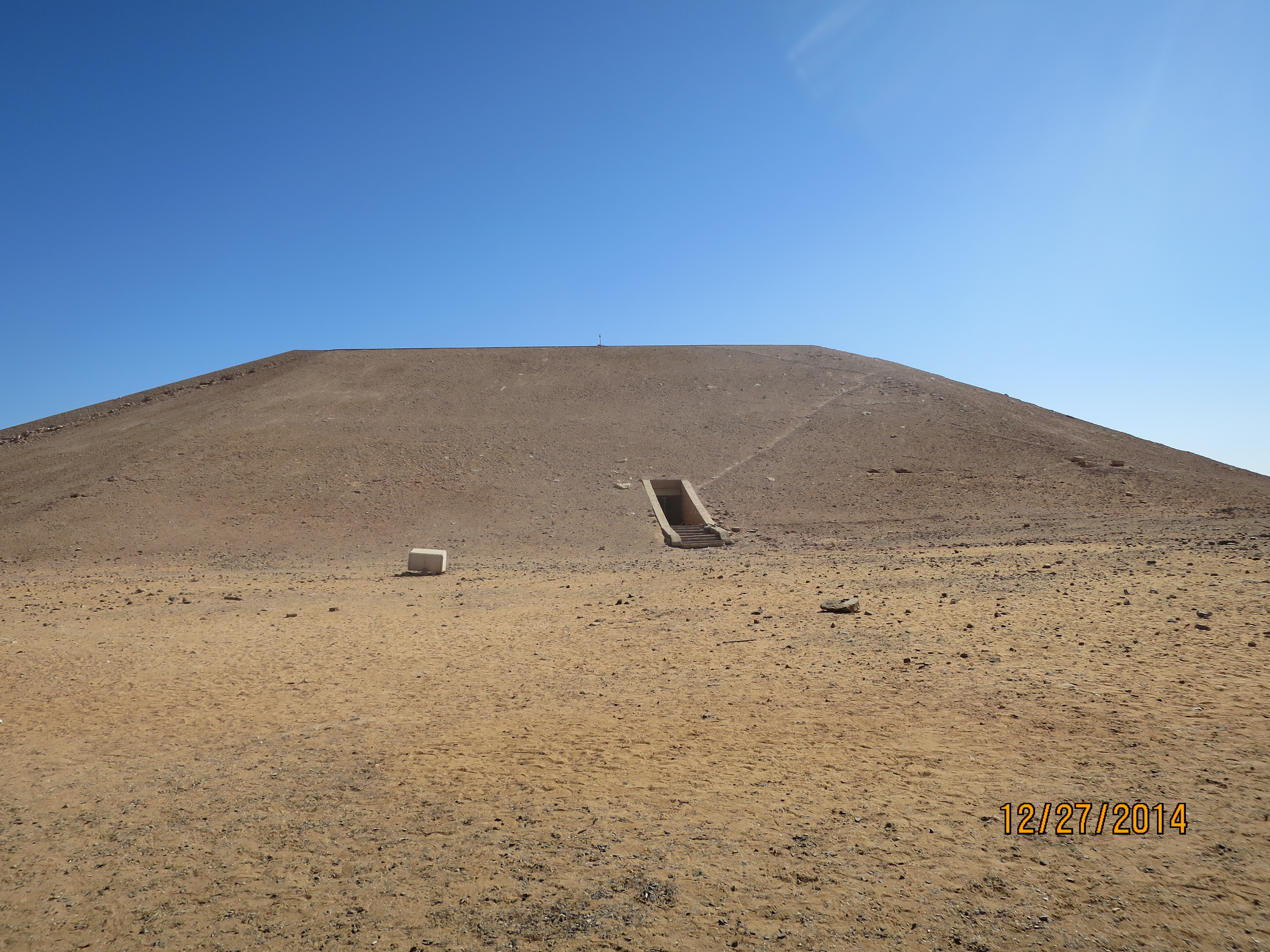
this is what you first see when entering the site, the back of the temple, not just the facades where moved but all the inner chambers too
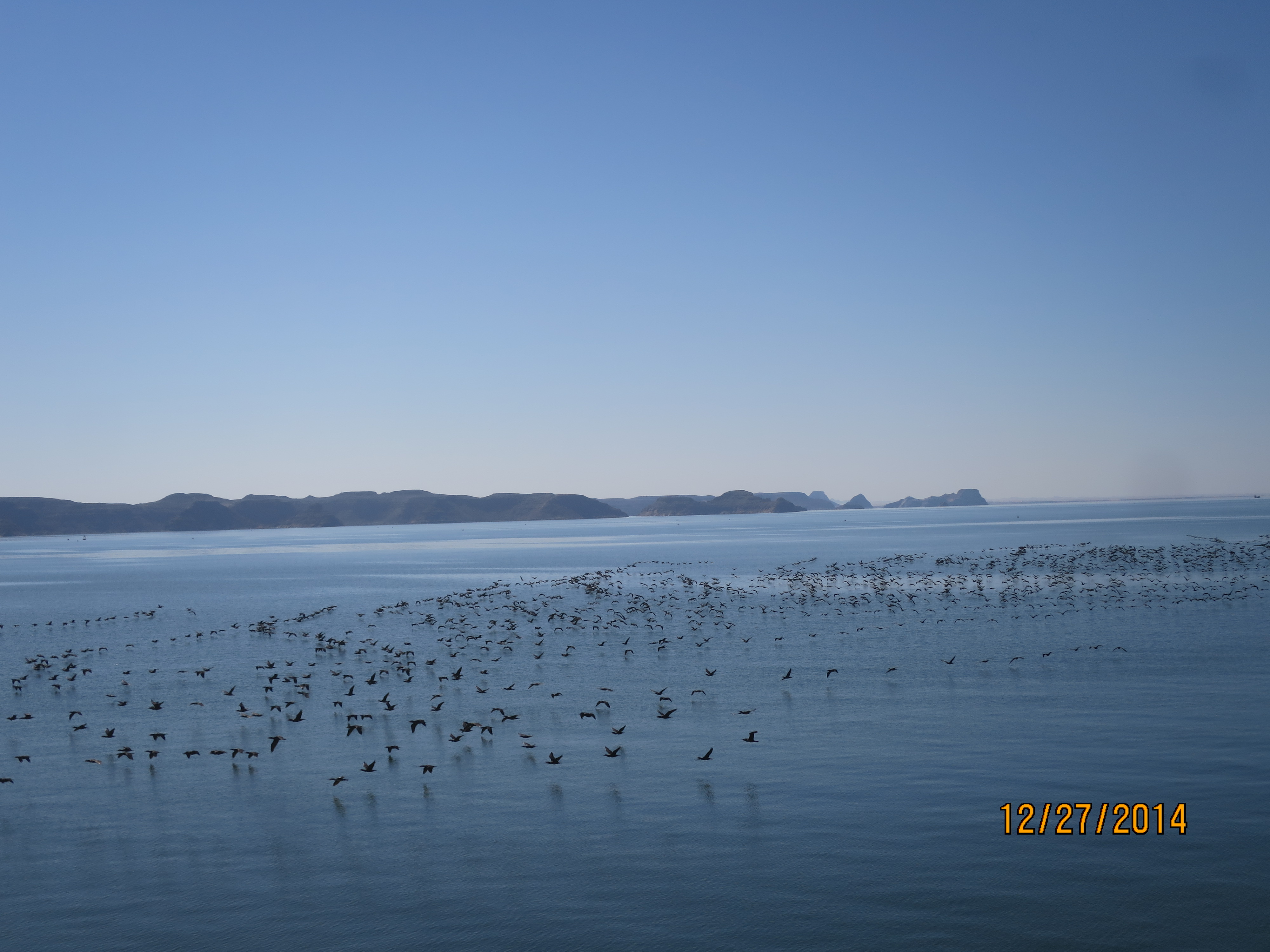
flock of birds skimming along the lakes surface, it took several minutes for the flock to pass by, must have been tens of thousands of birds

